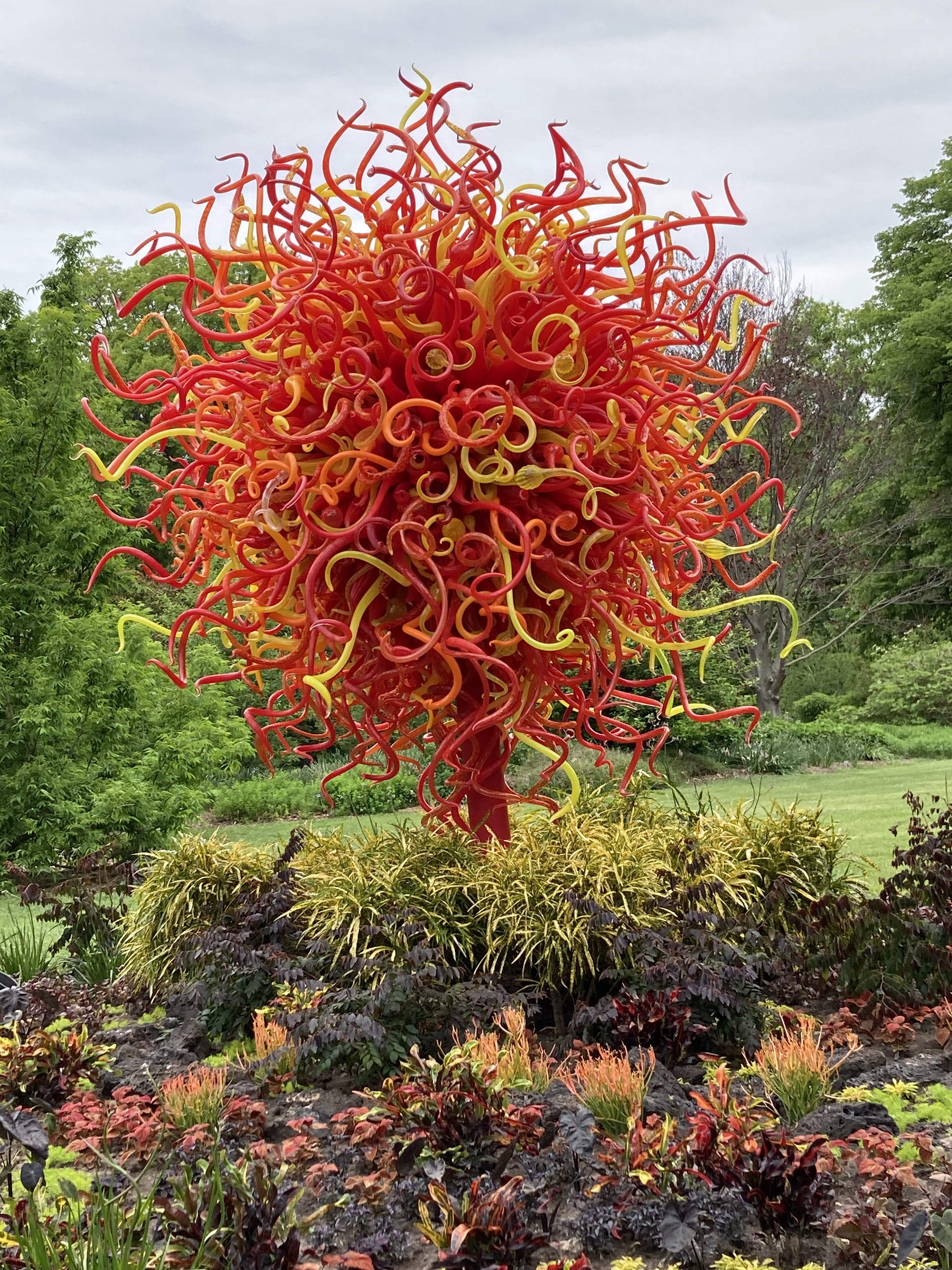By Richard B. Primack
“One moment of serene and confident life is more glorious than a whole campaign of daring. We should be ready for all issues; not daring to die, daring to live." Henry David Thoreau in his Journal.
Century plants get their name because they grow slowly for decades, perhaps even a century in some cases, and then flower spectacularly and die. As described in a recent article in the Washington Post, a century plant in Luthersville, Georgia, growing near the limits of its northern range, aroused great local interest this year when it sent up a giant 25-foot flowering stalk.
 |
| Photo 1: The century plant in Luthersville with the flowering stalk developing. The photo on the left was taken in April and the photo on the right was taken in late May. |
Century plants are often grown in warm, dry climates for their unusual rosettes of elongated grayish green spear-shaped leaves, each one up to six feet long. But a century plant really gets noticed when it reproduces after decades of growth, producing an inflorescence up to 30 feet tall, with clusters of yellow to orange flowers.
 |
| Photo 2: The century plant flowering in early July. |
The century plant puts so much of its stored water and nutrient resources into flowering and later fruiting, that it apparently dies in the months following. In fact, a flowering plant often produces small plantlets, or “pups,” on its stem at ground level, which can root and continue the life of the plant.
Here is a link to the article: LINK

















